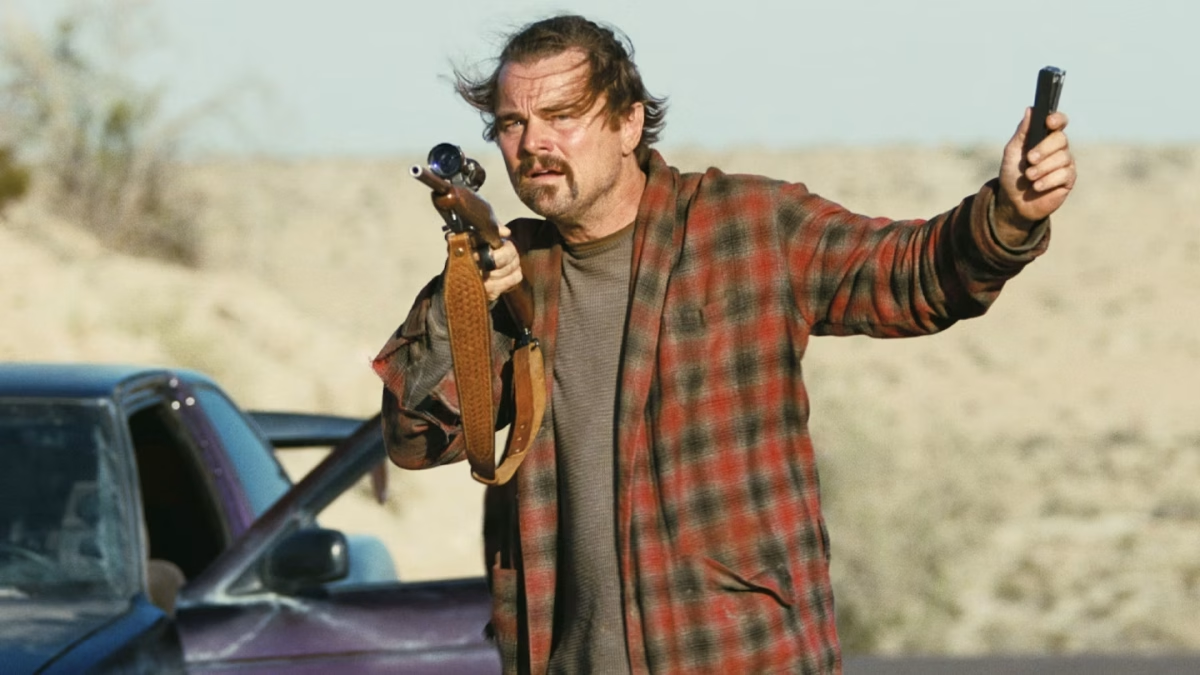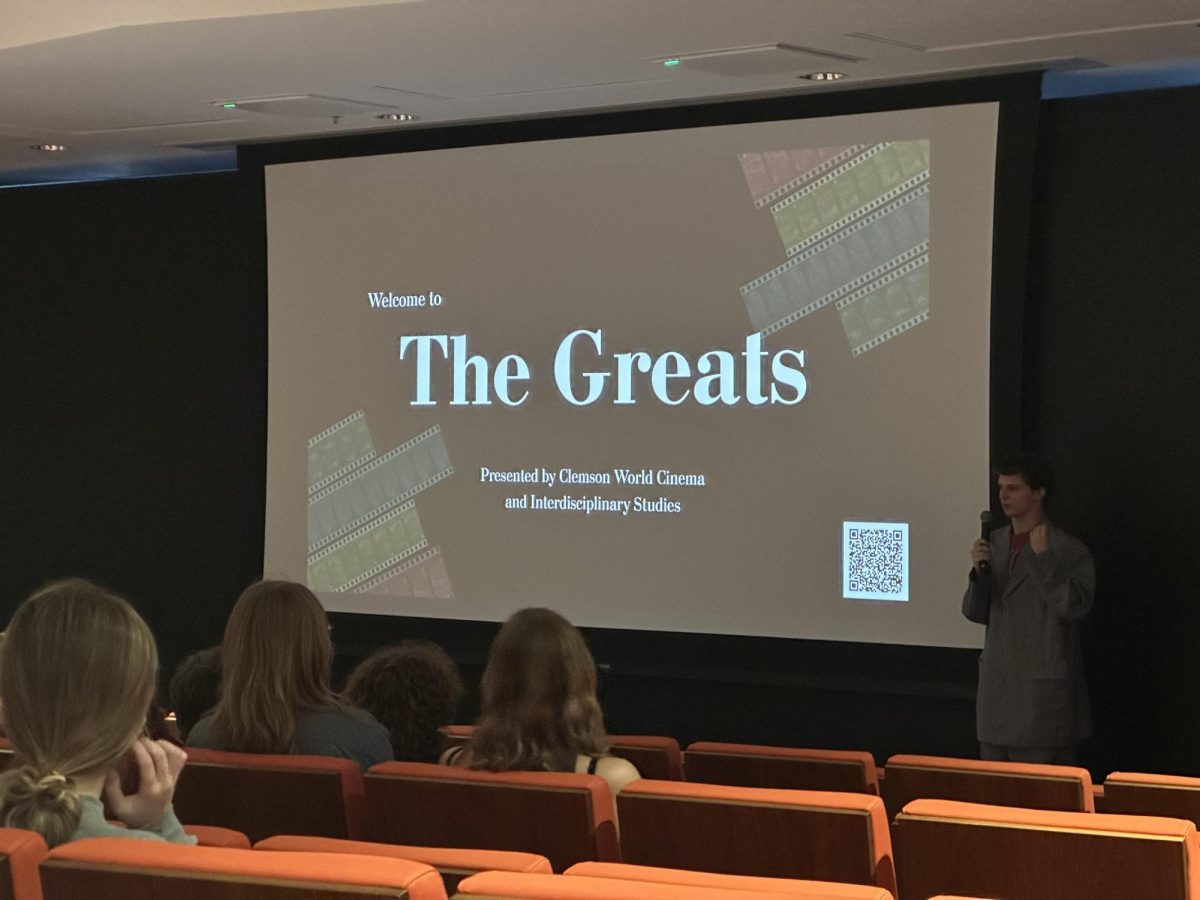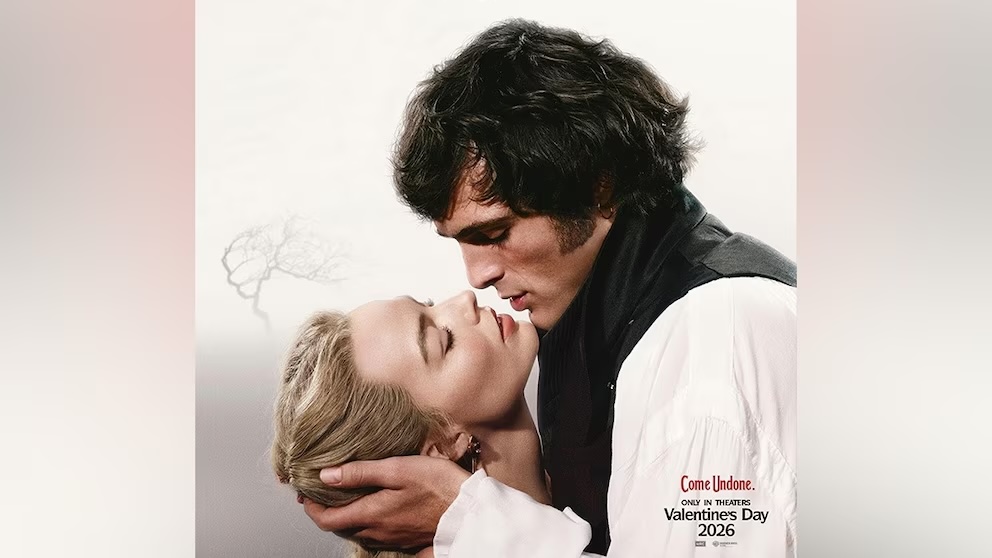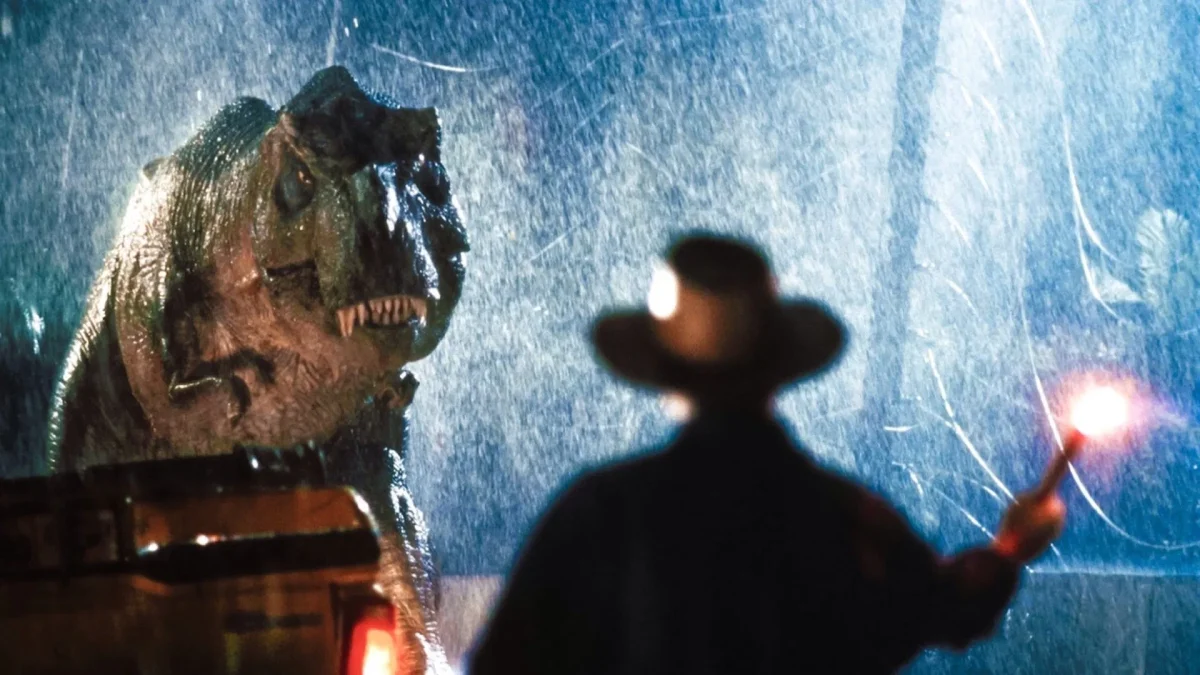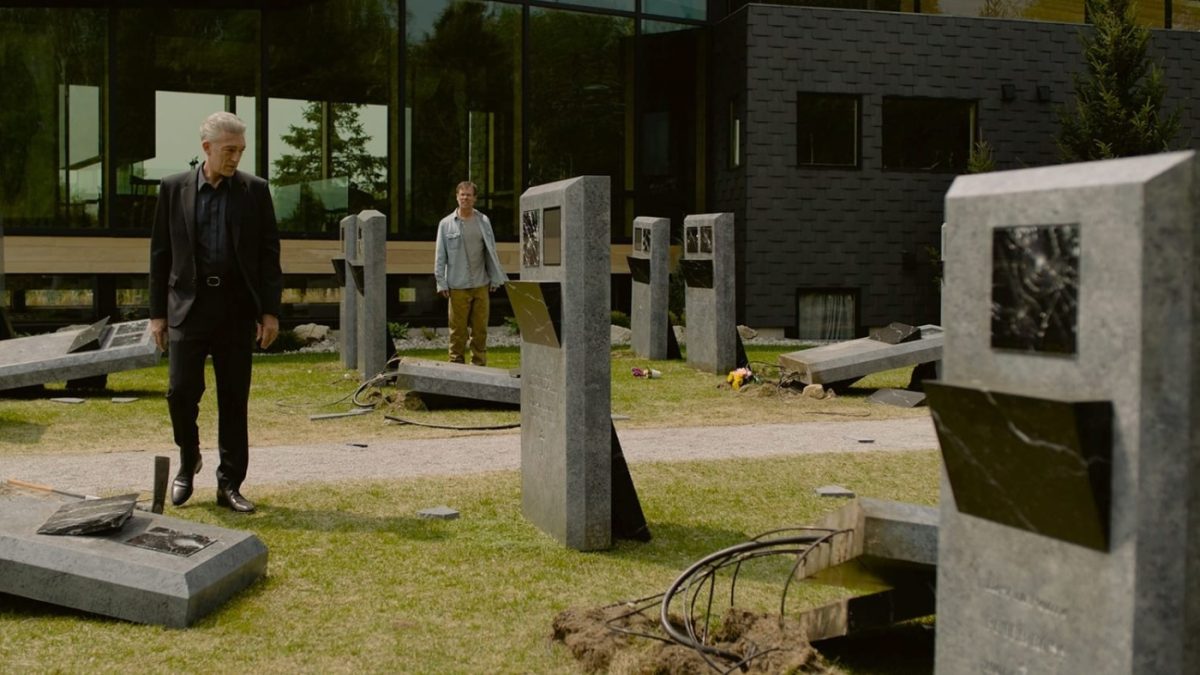In a recent article, Variety awards writer Clayton Davis attempted to predict which five lucky individuals will be nominated for best director at the 2025 Academy Awards. Among his predictions are some, like “Anora” auteur Sean Baker, that did in fact do great work this year. Also on the list is Jon M. Chu, director of “Wicked.”
Chu is a fascinating choice for the best director award, given that everything that works about “Wicked” seems to be doing so in spite of his ill-considered guidance. Nearly everything that doesn’t work, on the other hand, is a product of Chu’s uniquely unimpressive directorial vision.
The two most striking things about “Wicked” are how good the leads are and how bad the movie looks. Ariana Grande and Cynthia Erivo unsurprisingly nail iconic songs like “Popular,” “The Wizard and I” and “Defying Gravity,” and their chemistry is believable and compelling.
Grande in particular displays excellent comedic timing, a trait that was evident during her time as the most amusing part of unremarkable Nickelodeon shows and has been largely overlooked since her ascension to pop stardom.
It is unfortunate, then, that Chu seems to be trying his damndest to ensure that none of the stirring emotional moments or memorable bits of humor that make “Wicked” such a beloved text are effectively translated to the screen.
Chu and cinematographer Alice Brooks’ camera leaves no space for any image to breathe — it seems like the camera is five feet too close in every shot. This is especially frustrating in big ensemble numbers like the opener “No One Mourns the Wicked,” where the combination of bad framing and choppy editing makes it difficult to appreciate the talented dancers’ capably choreographed performance.
I recently rewatched Gene Kelly and Stanley Donen’s “Singin’ in the Rain” and was struck by how much breathing room characters have in the frame during each musical number. Even solo performances like the transcendent title song are framed from a respectable distance, letting the performers’ physical performances provide the spectacle.
Of course, it’s unrealistic to expect every musical film to live up to the standard set by “Singin’ in the Rain” — there can only be one greatest of all time — and not every film has to approach its genre in the same way, but it’s hard to ignore the gormless stylelessness of Chu’s “Wicked” given that the original production is renowned for its stagecraft.
Onstage, “Defying Gravity” is a stunning moment, defined by the spectacle of a real person appearing to fly over the stage and, in some productions, the audience. In Chu’s film, it’s a protracted, CGI-laden slog.
He interrupts the song’s start-stop rhythm, extending breaks between verses to fit in dull grey VFX shots of Elphaba zooming around weightlessly. It’s a far cry from the cathartic showstopper that has enthralled Broadway and off-Broadway audiences for years, though Erivo gives it her all.
The most egregious visual issue with “Wicked,” as bad as the shot composition is, is Chu’s absurd approach to color. He aims for a realistic look, which is both misguided and poorly executed.
Victor Fleming’s 1939 “The Wizard of Oz” is famous as one of the most significant early Technicolor films and is saturated throughout with rich colors. Chu ignores this heritage entirely in favor of a dull grey aesthetic reminiscent of recent Marvel movies or Jon Favreau’s abysmal “The Lion King” remake.
I understand Chu’s desire to aim for a more grounded look, given that “Wicked” is a revisionist take on “The Wizard of Oz,” but realism doesn’t inherently preclude expression. Janusz Kaminski’s cinematography for Steven Spielberg’s amazing “West Side Story,” to pick one recent example, didn’t sacrifice any of the grime of its mid-century New York milieu even as it incorporated carefully blocked and beautifully lit images.
The lighting in “Wicked” is unremarkable, save for an overabundance of backlit shots, but the color grade is truly awful. The shadows seem more grey than black, and the colors all look faded.
This is a huge issue in a musical dead set on impressing audiences with spectacle. “Defying Gravity” is suffused with muddy greys and browns, undercutting its narrative and emotional significance.
The worst instance of the color grade dragging down a song, though, is “The Wizard and I.” Erivo delivers the song’s iconic crescendo in a field of dead-looking greyish-brown grass silhouetted against a pallid sky. It’s dismal.
“Wicked” is in theaters now. It’s a moderately diverting time at the movies, no thanks to its director. See it if you like the songs or the people who sing them.






